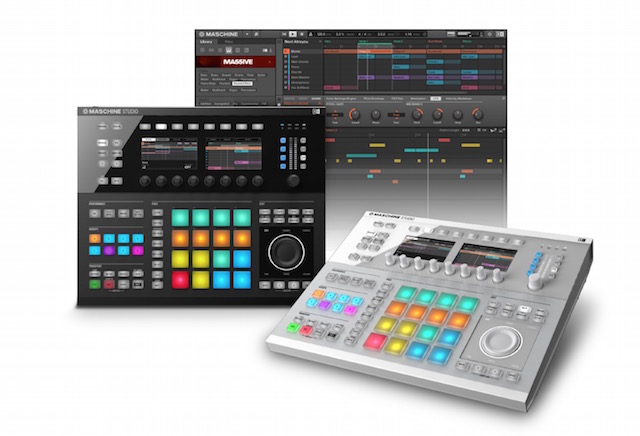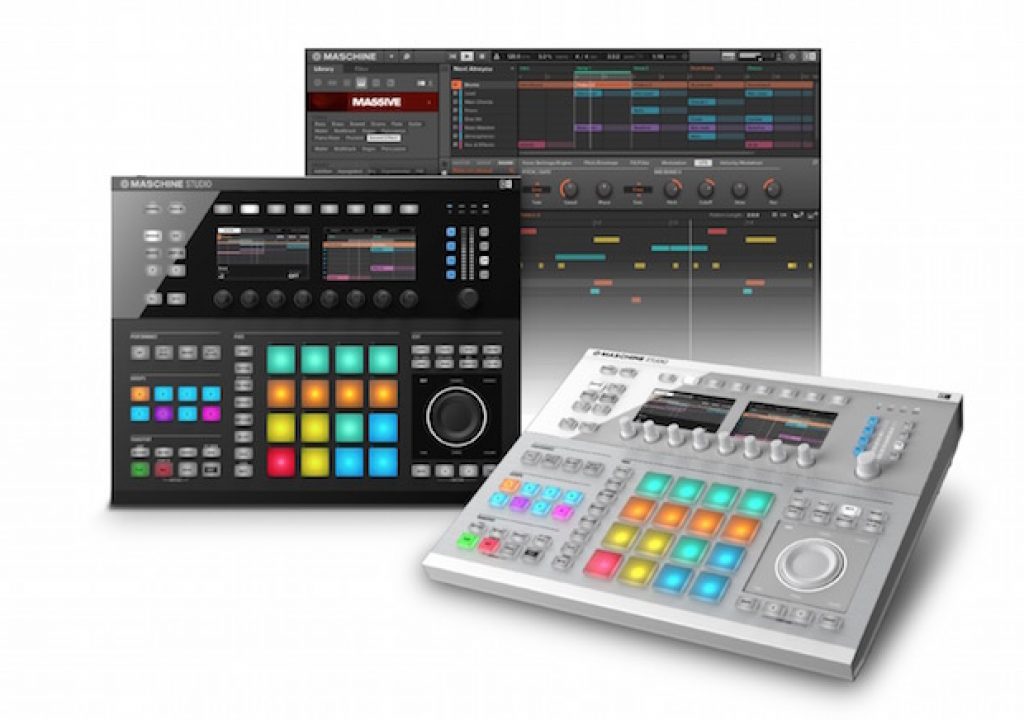Curious about how to use your midi controller into a video controller in your NLE? I’ll show you how in this exclusive tutorial, but you’ll need a few things first.
What you need:
- A midi controller with a decent layout
- An editing software with lots of hotkeys for editing
- Bome’s Midi Translator Pro
The tutorial is below, and details around each of these items continues underneath the video.
Using Any Midi Controller As a Video Controller In Your Editing Software from ProVideo Coalition on Vimeo.
Midi Controllers
If you don’t have a controller already, check your local music gear dealers or online shops for one. Most DJ controllers, midi controllers, and daw controllers will work as long as they send out common protocols like Midi Control Changes (Midi CC) or NRPN.
Chose a model with a layout that suits your needs. For example, you could get a device with lots of pads to support your keyboard and mouse editing, or you could get a device with joghwheel, knobs and faders to replace all your input devices completely. It really depends on your needs and preferences.

If you’re not sure where to start or get stuck, I can make a few recommendations.
- Amateur Budget: Behringer CMD Line (CMD PL-1, CMD-DC-1,…)
- Semipro Budget: Denon DN-SC2000, Reloop Contour Controller Edition
- Pro Budget: Maschine Studio, Stanton SCS.1d
Editing Software
Think about what functions you use most often and assign hotkeys to them. I highly recommend that you sketch out which functions you want to place on the controller.
Bome’s Midi Translator Pro
While Bome’s Midi Translator Pro is running in the background, it’s listening to incoming midi signals and translates them to a keyboard hotkey. To make this work you need to assign your midi controller in the projects default midi in section and add new translators for every function you want to program to your controller. It’s a good thing for us that there’s no need to know the exact midi numbers our controller sends, since you can capture midi in the translator options. Just check “capture midi”, move the knob, pad or fader on your controller and click on the incoming midi message.
Now all need to do is to assign the hotkey. We choose “keystroke” from the drop down box in the output section, so now you can go to your editing software and press the controller to see if it’s working.
Tip #1: If your controller sends out multiple midi commands when you press a pad, start with the first on top and work your way down if it’s not working.
Tip #2: In the rules section you can set up conditions. For example, you can assign multiple actions to a single pad or button. There are lots of tutorials if you get stuck, and you can also check out Bome’s forums. The community is really great about helping people out.
I hope this tutorial is an inspiration and compels you to make your own customized controller. Have fun!
Links:
www.padbangers.com
www.youtube.com/theproducershangout

